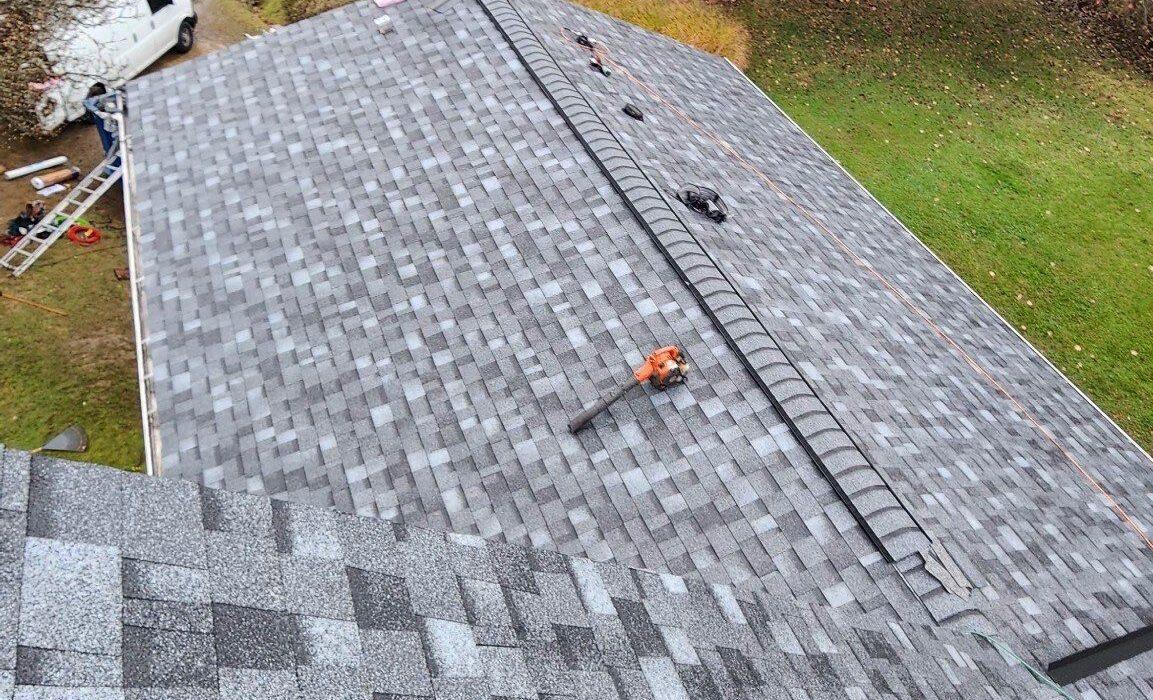When most homeowners think about roofing projects, they’re usually focused on what they can see—shingles, flashing, gutters, and maybe even the color. But there’s a hidden part of your roofing system that plays a major role in keeping your home safe, efficient, and structurally sound: attic ventilation.
At Bella Construction, we get a lot of questions from homeowners about attic vents, roof heat, and moisture issues. So, let’s break it all down: why attic ventilation is important, how it works, and how to tell if your home needs some help in that department.
What Is Attic Ventilation?
Attic ventilation is the system that allows fresh air to enter and exit your attic. A properly ventilated attic uses a combination of intake vents (usually at the soffits or eaves) and exhaust vents (at or near the roof ridge) to keep air moving.
Think of your attic like a lung. Fresh air comes in, stale air goes out. This airflow keeps your attic (and the rest of your home) cooler, drier, and healthier all year long.
Why Is Attic Ventilation So Important?
1. Controls Moisture
In colder months, warm air from inside your house rises into the attic and carries moisture with it. Without proper ventilation, that moisture gets trapped, leading to condensation. Over time, this can cause:
-
Mold and mildew
-
Rotting wood and roof decking
-
Damaged insulation
-
Rust on nails or metal fasteners
Poor ventilation can lead to big, expensive problems that could have been avoided with some airflow.
2. Extends the Life of Your Roof
A hot, stagnant attic can overheat your shingles from underneath, causing them to age prematurely. Proper ventilation helps regulate the temperature of your attic, preventing that heat build-up and protecting your roof system from inside out.
3. Improves Energy Efficiency
In summer, a poorly ventilated attic can reach temperatures of 130°F or more. That trapped heat radiates into your living space, making your air conditioner work harder and raising your energy bills.
Ventilated attics release that trapped heat, helping your home stay cooler naturally and reducing the load on your HVAC system.
4. Prevents Ice Dams
Western Pennsylvania winters bring their fair share of snow and ice. If your attic is too warm, it can melt the bottom layer of snow on your roof. That melted water runs to the eaves and refreezes, forming ice dams, which can cause leaks, gutter damage, and shingle lifting.
Ventilation helps keep your attic closer to the outside temperature, reducing the chance of ice dams forming in the first place.
Signs Your Attic May Not Be Ventilated Properly
You don’t need to be a roofing expert to spot the signs of poor attic ventilation. Watch for these warning flags:
-
Excessive heat in the upper levels of your home during summer
-
Condensation or frost on the inside of your attic roof deck in winter
-
Musty smells or signs of mildew or mold in the attic
-
Warped wood, rusted nails, or signs of rot
-
Ice dams forming at the edge of the roof
If you’re seeing any of these issues, it’s worth having your attic inspected by a roofing contractor who understands how to design a balanced ventilation system.
What Makes for Good Attic Ventilation?
A properly ventilated attic relies on balance: equal parts intake and exhaust.
Intake Vents
Located under the eaves or in the soffits, intake vents allow cool air to flow into the attic.
Exhaust Vents
Typically located near the roof ridge or at gable ends, these vents allow warm, moist air to escape.
Some common vent types include:
-
Ridge vents along the peak of the roof
-
Box vents or static vents
-
Powered attic fans used selectively
-
Gable vents, usually on older homes
-
Soffit vents for intake
The right system depends on your roof’s size, shape, and design. At Bella Construction, we customize ventilation solutions for every roof we install or inspect.
What Happens If You Don’t Fix Ventilation Issues?
Ignoring attic ventilation issues may save you money in the short term, but the long-term consequences can be serious:
-
Higher energy bills year-round
-
Frequent roof repairs or early roof replacement
-
Mold growth that can affect indoor air quality and health
-
Water damage to insulation and framing
-
Ice damming and gutter failure in winter
How Bella Construction Can Help
When we inspect or replace a roof, attic ventilation is never an afterthought. Our team checks to make sure your system is balanced, effective, and up to code. If it’s not, we’ll walk you through your options and make it right.
We take a full-system approach to roofing because what’s underneath matters just as much as what you see from the street.
Final Thoughts: A Small Fix That Pays Off Big
Attic ventilation might not be the flashiest part of your home, but it’s one of the most important. Whether you’re dealing with heat, moisture, or energy loss, improving your attic ventilation can help solve the problem and protect your investment for years to come.
Need help figuring out if your attic is properly ventilated? Give Bella Construction a call. We’ll take a look, explain what’s going on, and give you honest advice with no pressure—just expert help from a local team that cares.
Contact us today for a free estimate or attic inspection

